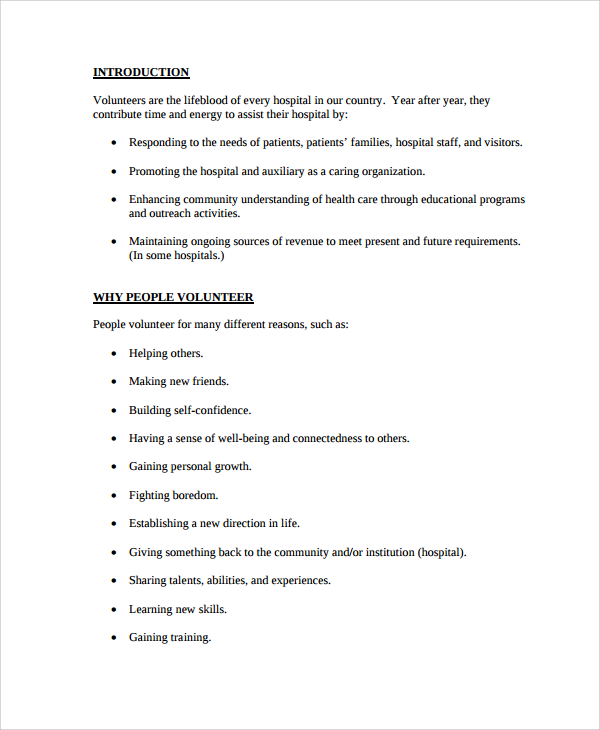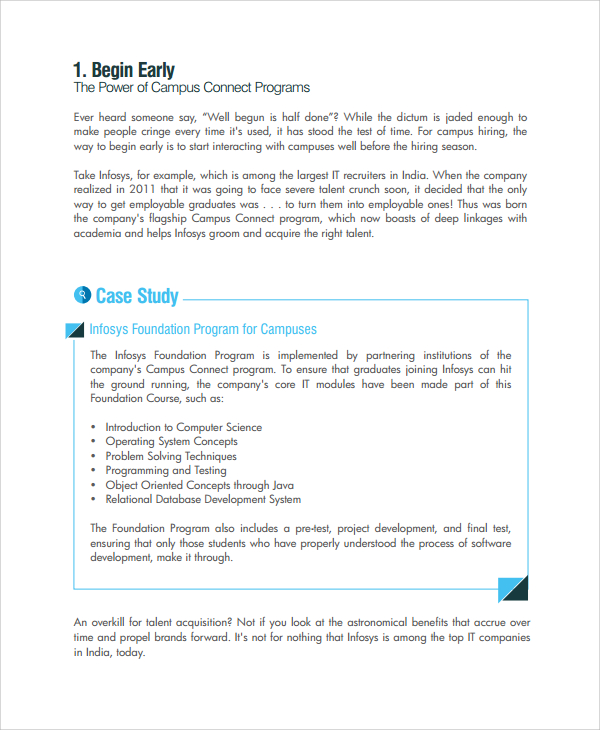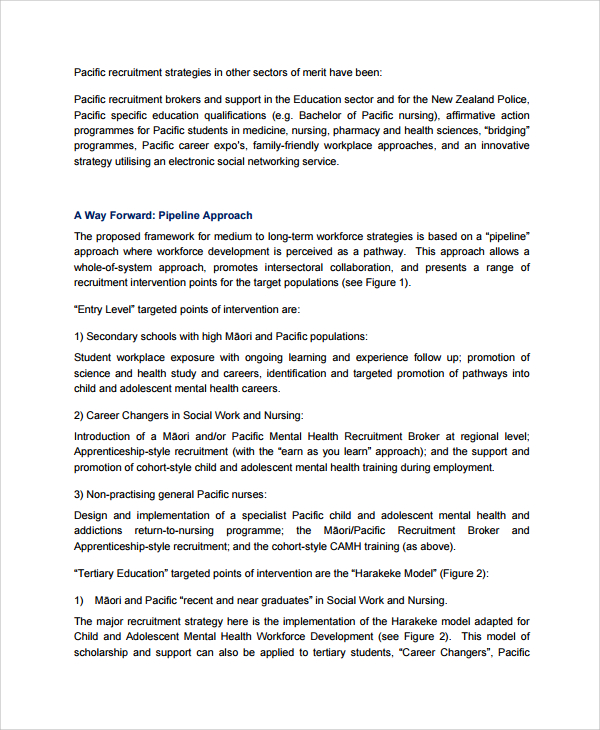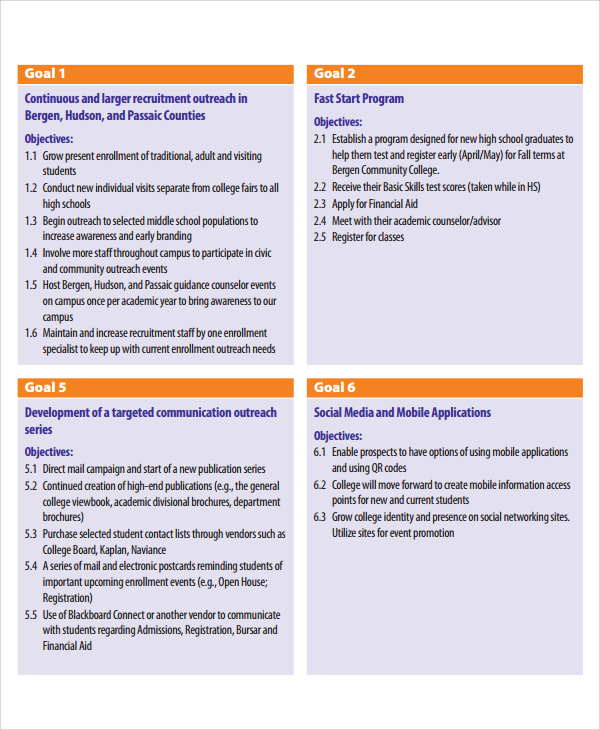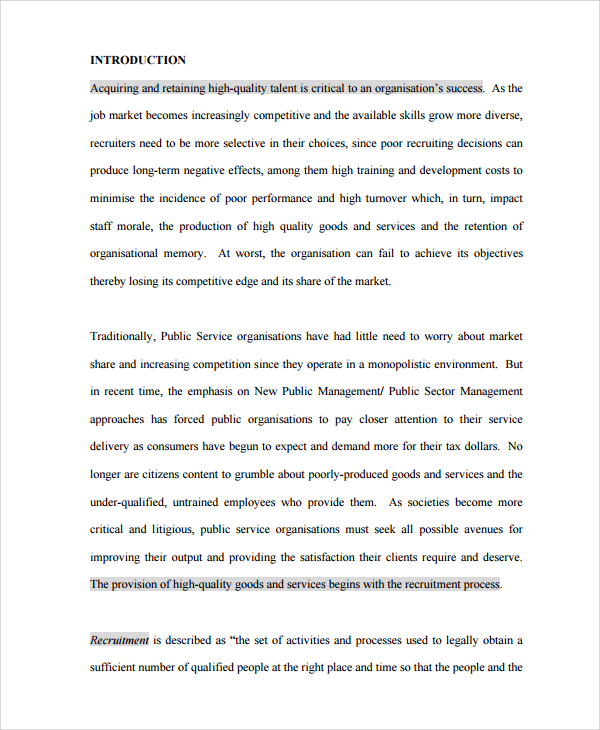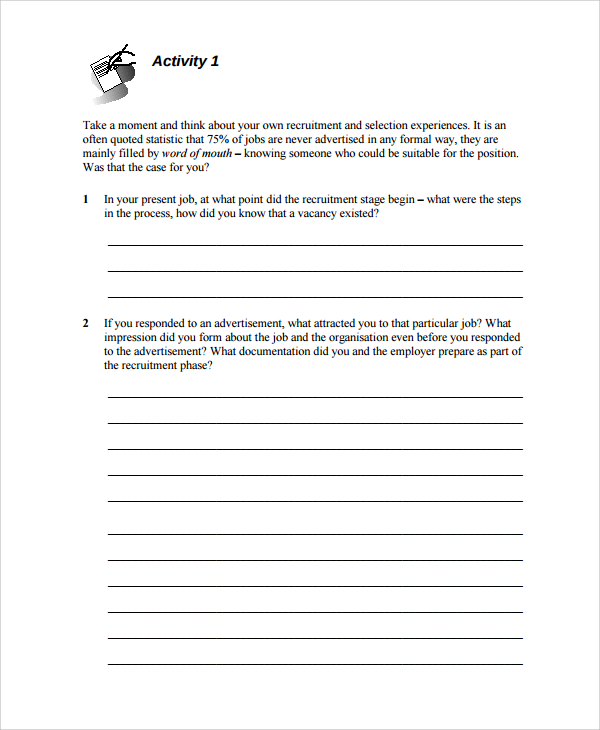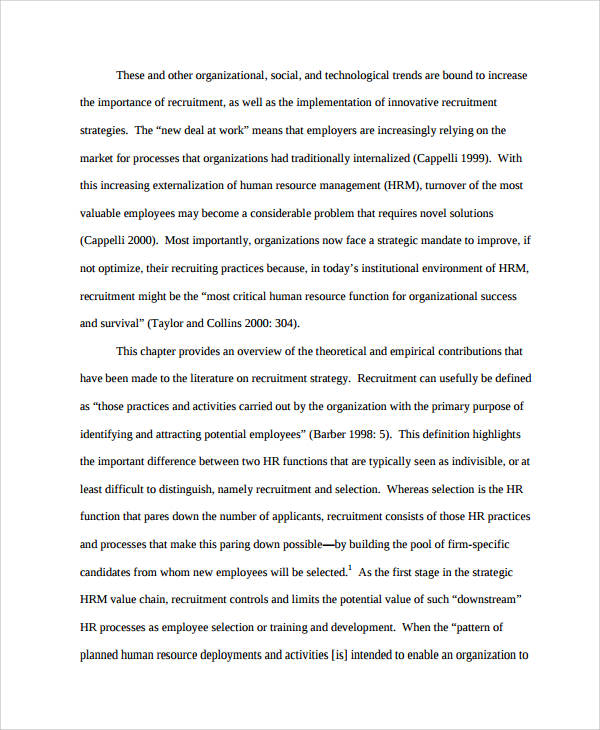In business, having reliable and efficient workers affects not only the productivity of the company but also the working environment. Staff members who are agreeable and competent in the workplace can bring great results for the firm. When the business needs to hire new employees, the recruitment team should have an excellent strategic plan. With that, a recruitment plan should come in handy for these individuals. So, learn more about the best recruitment strategy to use in the hiring process and read now.
FREE 9+ Sample Recruitment Strategy Templates
1. Recruitment Strategic Plan Template
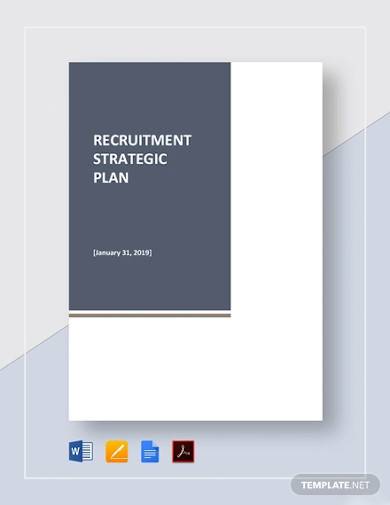
2. Recruitment Strategy Roadmap Template
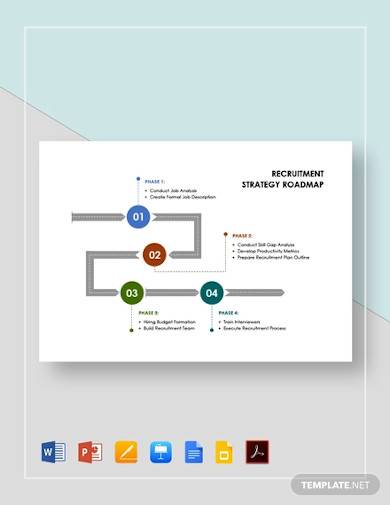
3. Recruitment Marketing Strategy Template
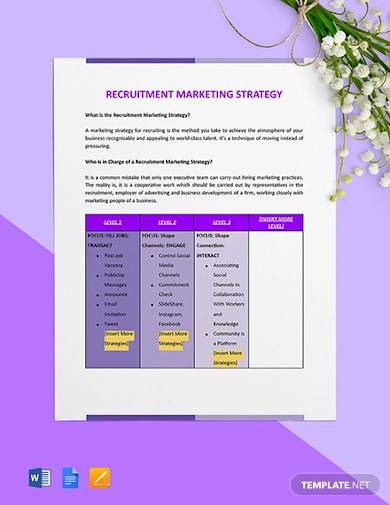
4. Volunteer Recruitment Strategy
5. Campus Recruitment Strategy
6. Targeted Recruitment Strategy
7. Student Recruitment Strategy
8. Sample Recruitment Strategy
9. Basic Recruitment Strategy
10. HR Recruitment Strategy
How To Build a Recruitment Strategy
When creating a recruitment plan, planners have to specify recruitment strategies. As the components of recruitment plans have different purposes, the content should be written comprehensively. If the recruitment procedure runs for a few months, it must be in the document. Even HR form samples need to be in the recruitment plan. So, what are the steps in formulating a recruitment strategy?
1. Establish the Objectives of the Strategic Plan
In drawing up the recruitment plan, you should first make the recruitment strategy outline to organize the business objectives. By establishing the company’s goals, you can write the qualifications and requirements for the upcoming recruitment processes. The content on the interview worksheet will align with the vision of the company.
2. Conduct Market Analysis and Surveys
Next, the hiring team must conduct a market analysis to determine the number of available individuals who fit the job description for the open position in the company. Before executing the plans, the business has to certify the need for expansion by looking at the target market and the audience. If the market has more willingness to purchase products, then the enterprise can see better profits.
3. Select Effective Advertising Tools
Importantly, the recruitment officers have to choose appropriate advertising tools when promoting the company’s job opening positions. Through the recruitment report, the employees can decide on materials suitable for the recruitment process. If the firm concentrates on a diverse workforce strategy, then hiring managers should inform their subordinates about the goal.
4. Choose the Methods of Approach
Will the recruitment team select two approaches in interviewing candidates? Or, will they have five different methods in gathering sources. Lastly, the recruitment strategy should elaborate on the proposals and interview schedules to avoid delays in hiring the new addition to the team.
FAQs
What are the five recruitment strategies or methods?
Employee recruitment takes up time, effort, and a bundle of resources. Nevertheless, the process is necessary for the business’ growth. According to Small Business Chron, the five recruitment strategy models are:
1. Using Online and Print Job Advertisements
2. Going To Government Job Centers
3. Sending Applications To Recruitment Agencies
4. Opening Social and New Media
5. Utilizing Internal Bulletins and Personal Recommendations
Both applicants and hiring teams can do these recruitment plan examples.
Why do I need to make a recruitment strategy for my business?
A recruitment strategy plan will help align the business objectives and opportunities of the company. The process focuses on the methods that aid the enterprise in its goal to find suitable members of the team. From employee training plans to employee performance goals, the recruitment planners organize every little detail in the hiring process.
Can employer branding and reputation affect the recruitment process?
Yes, the company profile affects the passion and confidence of the applicants. For instance, more people opt to send application letters to branded and large companies known for their competence and high-regard for employees. Hence, a firm with expansion plans has to strengthen the reputation and credibility of the business.
A relationship, even professional and working-related ones, works both ways—each party has responsibilities and commitments that require compliance. In the business setting, the employer and employee relationship goes beyond the four walls of the office. Besides employing the right people for the job, business owners are also obligated to care for the well-being and safety of the workers. More than the ability of the employee to complete assigned tasks, the entrepreneur should look at the staff member as a treasured colleague. After all, without employees’ efforts, the business cannot survive the tumultuous nature of the industry.
Related Posts
Sample Meeting Minutes Templates
Presentation Speech Samples & Templates
Ukulele Chord Chart Samples & Templates
Retirement Speech Samples & Templates
Weekly Schedule Samples & Templates
Contractual Agreement Samples & Templates
FREE 9+ Amazing Sample Church Bulletin Templates in PSD | PDF
Sample Business Card Templates
Sample Cashier Job Descriptions
Questionnaire Samples
FREE 10+ Sample HR Resource Templates in PDF
FREE 10+ HR Consulting Business Plan Samples in MS Word | Google Docs | Pages | PDF
FREE 49+ Sample Job Descriptions in PDF | MS Word
FREE 16+ Nonprofit Budget Samples in PDF | MS Word | Excel | Google Docs | Google Sheets | Numbers | Pages
FREE 13+ Academic Calendar Templates in Google Docs | MS Word | Pages | PDF

